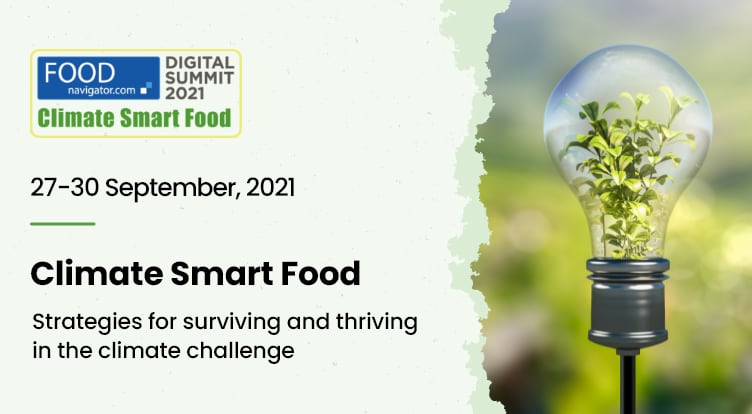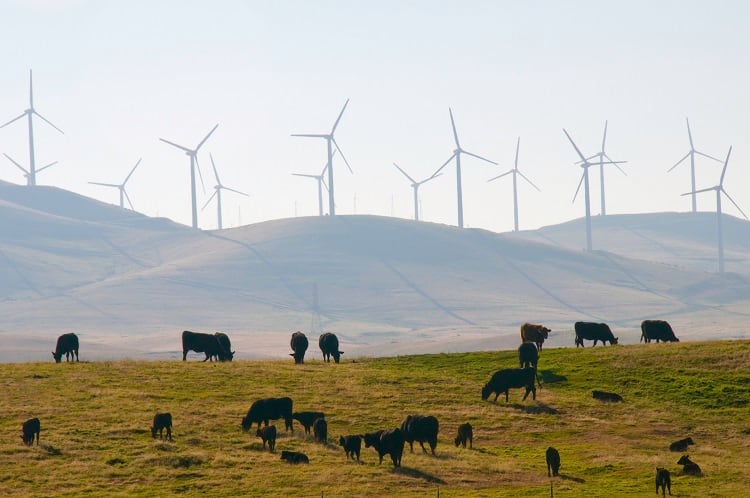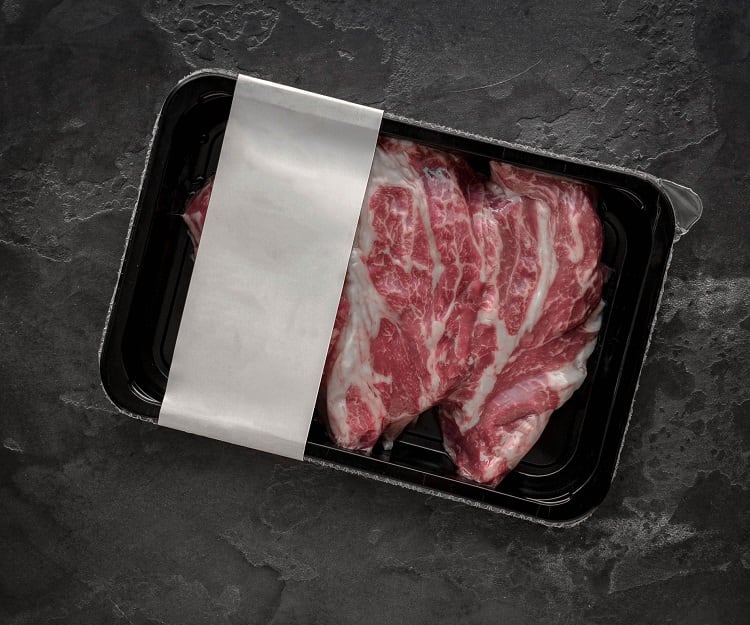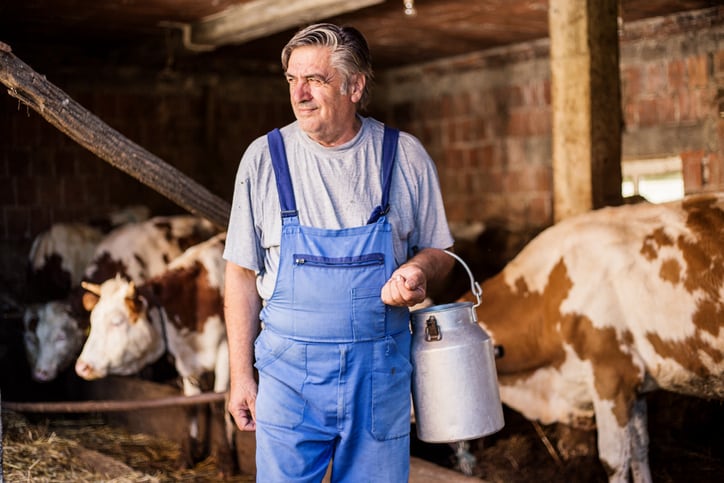In many ways, cultivated meat production is considered more sustainable than its conventional counterpart.
To begin with, its antibiotic-free production method is regarded a boon for public health. From an animal welfare perspective, cultivated meat is slaughter-free. And in terms of environmental sustainability, cultivated meat uses significantly less land and water.
However, cultivated meat production is energy-intensive. So much so that researchers have suggested the benefits of reducing methane could be outweighed by increased carbon dioxide emissions.
Could green energy help turn the tide on cultivated meat’s carbon footprint?
What makes cultivated meat energy-intensive?
In 2019, researchers at the Oxford Martin School undertook a comparative study looking at the greenhouse gases produced by cultivated and farm-raised beef in the current energy system.
The study suggested that in some cases, the manufacture of cultivated meat can result in more global warming due to the difference is gas emissions: methane vs CO₂. Warming as a result of carbon dioxide emitted by the current energy system would persist, whereas warming caused by methane ceases after only a few decades.
A ‘large-scale’ transition to a decarbonised energy system would be required, suggested the researchers, to make cultivated meat production the clear winner in the environmental sustainability stakes.
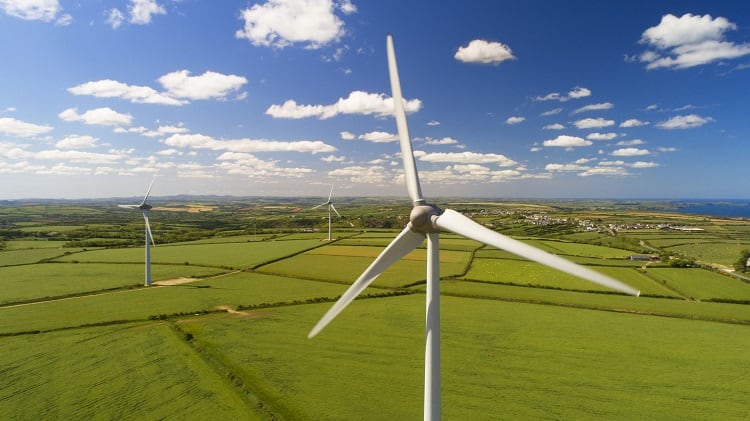
So what makes cultivated meat production so energy-intensive?
“A big part of it is just running the bioreactors which, generally for mammalian cultures, need to be kept at a similar temperature to that of a body in which cells usually grow,” explained Ed Steele, co-founder of cultivated fat start-up Hoxton Farms.
Speaking at FoodNavigator’s Climate Smart Food event, Steele continued: “Keeping cells in those sorts of conditions requires an input of energy.”
What kind of energy used, however, could make all the difference.
Green energy potential
In environmental sustainability analyses where cultivated meat lags behind its conventional counterpart, the modelling assumes there will be little or no transition towards renewable energy sources.
“Energy is kind of the only input on which cultivated meat is more environmentally demanding than conventional meat,” explained Bath University researcher Christopher Bryant at the event. “So if it’s non-renewable energy, then that does provide some kind of problem.”
However, Bryant, a social psychologist specialising in consumer perceptions of cultivated meat, doesn’t believe industry will be reliant on fossil fuels forever.
“If, as will most likely happen, in parallel to this technology we move to an increasing proportion of renewable and zero carbon energy, then it pretty much becomes no contest.”
The researcher also picked up on the Oxford study’s differentiation between methane emissions from cows and carbon emissions from energy production: unlike CO₂ emissions, methane’s impact on global warming discontinues after a time.
“As long as we have cows, they’ll always be making methane,” he stressed. “But the same is not true for energy, which of course we can get to be zero emissions.”
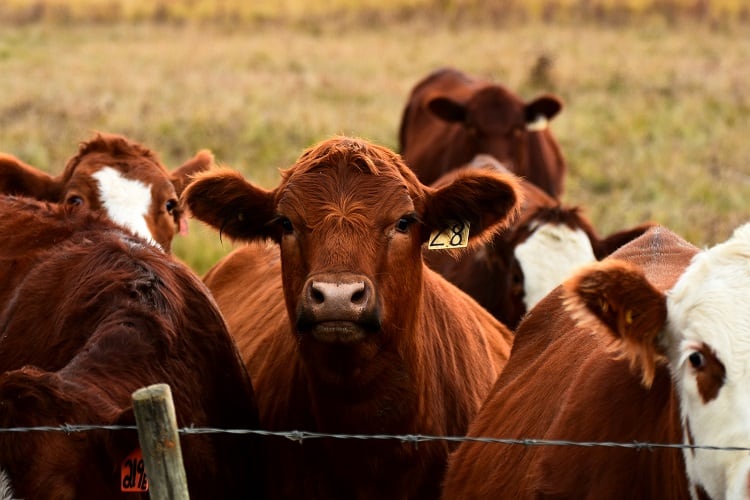
Hoxton Farm’s Steele agreed there is a ‘huge amount’ industry can do when growing cells in bioreactors, rather than in cows. “By that, I mean we have a huge amount of control over the process,” he explained.
“We can change the way that the bioprocess works, to reduce the amount of energy that we use.”
One would be hard-pressed to find anyone in the cultivated meat sector who isn’t taking energy use seriously, Steele continued. “This is a fundamental reason why a lot of people got into this industry in the first place. People are taking this very seriously – every company out there is doing some version of a life cycle assessment (LCA) to make sure their production is sustainable."
“We’re all thinking about this issue really carefully and ultimately we’ll get to a place where, given the amount of control we have over the process, we’ll be able to use green energy and make sure this is a sustainable way of producing meat.”
A 'proven pathway' towards greener production
Backing up Bryant and Steele’s stance is a recent cultivated meat techno-economic analysis and LCA conducted by CE Delft on behalf of the Good Food Institute (GFI).
The reports found that if renewable energy is used in its production, cultivated meat could have a lower environmental footprint than conventional meat production.
If renewables are used, the carbon footprint of cultivated meat production drops by 80%. And if conventional animal agriculture reduces its environmental impact, including by using renewable energy in farm and feed operations, cultivated meat produced leveraging renewable energy was estimated to reduce global warming impacts by 17% compared to conventional chicken, 52% compared to conventional pork, and between 85-92% compared to beef production.
According to GFI, similar gains are not expected in the conventional meat industry, where fossil fuels account for only approximately 20% of carbon emissions throughout the supply chain.
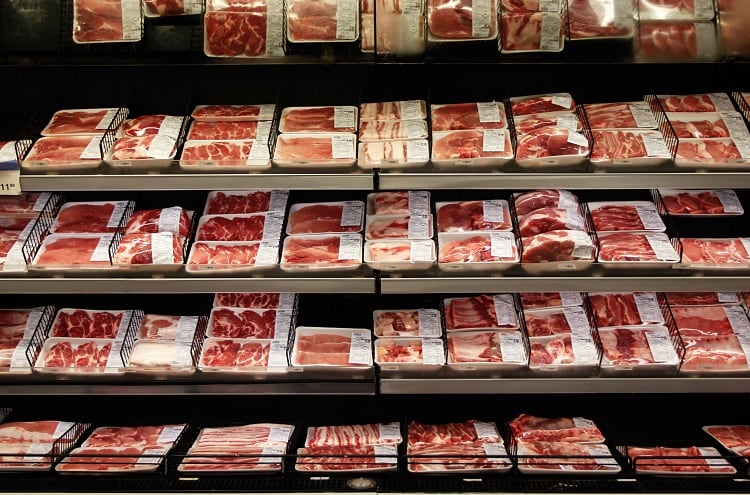
For Israeli start-up Aleph Farms, which is making thin-cut cultivated beef steaks, its biggest driver in sustainability is the environmental impact of cultivated meat on climate vs conventional agriculture.
At the Climate Smart Food event, Aleph Farms’ head of sustainability Lee Recht welcomed the Delft report for its comparison of conventional and cultivated systems, where the latter incorporates green energy.
“I am a big believer that although we are being compared to an extremely unsustainable sector, as a company we need to be accountable, we need to…be extremely responsible in how we approach our manufacturing, our production lines and our supply chains.
“But actually, when we’re looking at the more conventional, industrial ways of producing beef, cultivated meat has a proven pathway of being highly reduced on its ecological impact.”
Source: Frontiers in Sustainable Food Systems
‘Climate Impacts of Cultured Meat and Beef Cattle’
Published 19 February 2019
DOI: https://doi.org/10.3389/fsufs.2019.00005
Authors: John Lynch and Raymond Pierrehumbert.
Missed Climate Smart Food? Don't worry, the four days of content is still available free on demand... Simply register HERE to catch up.
